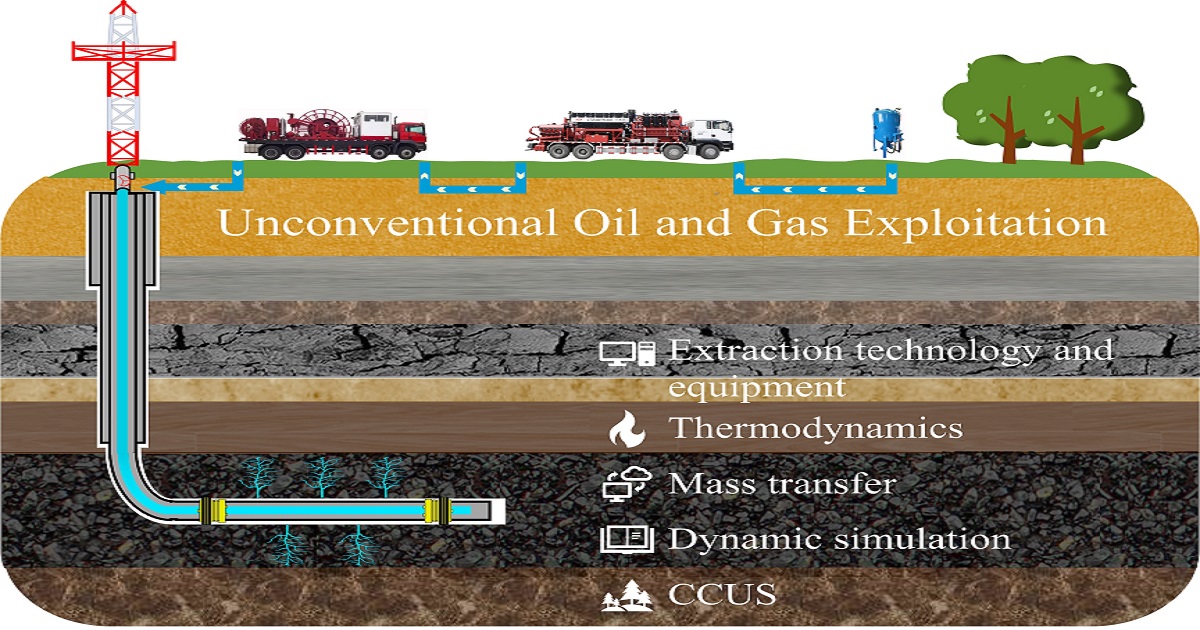- 2.8Impact Factor
- 5.5CiteScore
- 16 daysTime to First Decision
Towards Green Development: Heat Transfer and Advanced Technologies in Unconventional Oil and Gas Exploitation
Special Issue Information
Dear Colleagues,
Driven by environmental factors and climate change, the current energy structure is transitioning toward green and low-carbon systems. Unconventional resources such as coalbed methane, shale gas, and natural gas hydrates have low-carbon, clean, green, and low-pollution properties, and therefore meet the requirements for environmental protection and sustainable development. The development of unconventional resources is necessary in order to achieve global "carbon reduction" and "carbon governance". There has been a considerable increase in the use of environmentally friendly unconventional oil and gas extraction technologies such as supercritical CO2 fracturing, liquid nitrogen fracturing, CO2 foam fracturing, N2 fracturing, and ultrasonic fracturing; however, further research is required on the complex and variable heat transfer mechanisms of the extraction technology.
This Special Issue, “Towards Green Development: Heat Transfer and Advanced Technologies in Unconventional Oil and Gas Exploitation”, introduces efficient, green, and sustainable extraction technologies for unconventional oil and gas, and focuses on the latest advances in heat transfer mechanisms. Topics include, but are not limited to:
- Reservoir fracturing technology;
- Intelligent CBM exploitation;
- Coal and gas outburst prevention;
- Unconventional oil and gas extraction technology and equipment;
- Initial and modified geological modeling of unconventional reservoirs;
- The numerical simulation of production dynamics in unconventional reservoirs;
- The dynamic simulation of thermodynamic fields throughout the mining process;
- The heat transfer mechanisms involved in fracturing techniques;
- New technology and methods for carbon capture, storage, and utilization.
We thank you for your time and hope that you will consider contributing to this Special Issue.
Dr. Lei Qin
Dr. Ruiyue Yang
Guest Editors
Manuscript Submission Information
Manuscripts should be submitted online at www.mdpi.com by registering and logging in to this website. Once you are registered, click here to go to the submission form. Manuscripts can be submitted until the deadline. All submissions that pass pre-check are peer-reviewed. Accepted papers will be published continuously in the journal (as soon as accepted) and will be listed together on the special issue website. Research articles, review articles as well as short communications are invited. For planned papers, a title and short abstract (about 100 words) can be sent to the Editorial Office for announcement on this website.
Submitted manuscripts should not have been published previously, nor be under consideration for publication elsewhere (except conference proceedings papers). All manuscripts are thoroughly refereed through a single-blind peer-review process. A guide for authors and other relevant information for submission of manuscripts is available on the Instructions for Authors page. Processes is an international peer-reviewed open access monthly journal published by MDPI.
Please visit the Instructions for Authors page before submitting a manuscript. The Article Processing Charge (APC) for publication in this open access journal is 2400 CHF (Swiss Francs). Submitted papers should be well formatted and use good English. Authors may use MDPI's English editing service prior to publication or during author revisions.
Keywords
- unconventional oil and gas
- coalbed methane
- shale gas
- extraction technology
- CCUS
- new energy
- green exploitation
- thermal field
- heat transfer

Benefits of Publishing in a Special Issue
- Ease of navigation: Grouping papers by topic helps scholars navigate broad scope journals more efficiently.
- Greater discoverability: Special Issues support the reach and impact of scientific research. Articles in Special Issues are more discoverable and cited more frequently.
- Expansion of research network: Special Issues facilitate connections among authors, fostering scientific collaborations.
- External promotion: Articles in Special Issues are often promoted through the journal's social media, increasing their visibility.
- e-Book format: Special Issues with more than 10 articles can be published as dedicated e-books, ensuring wide and rapid dissemination.

